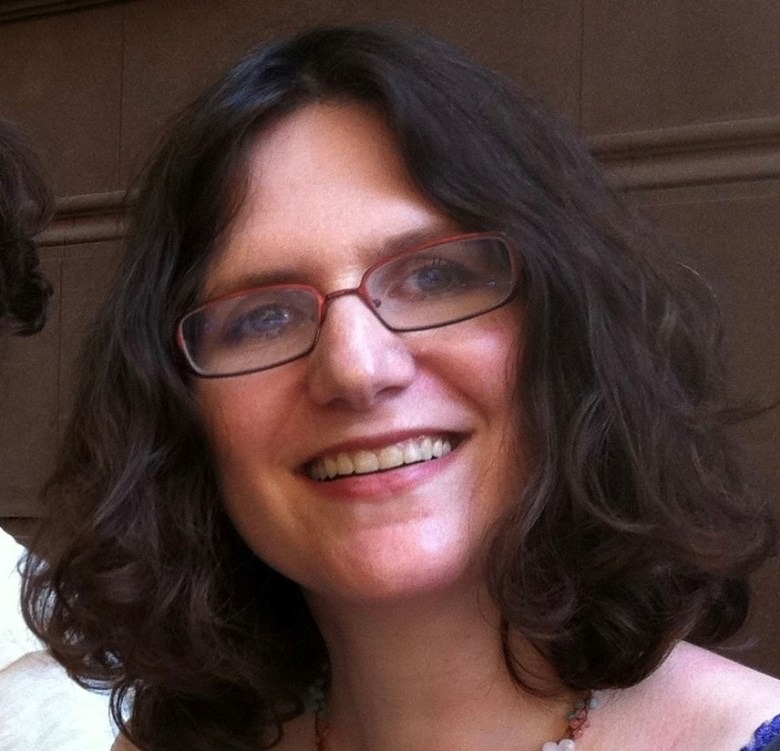Good news continues to roll in for the thousands of people who ride the 28 in Dorchester and Mattapan: the federal government will award a $15 million grant to the City of Boston to reconfigure Blue Hill Avenue with center-running dedicated bus lanes, plus curbside protected bike lanes, between Grove Hall and Mattapan Square.
City officials have estimated that the project would benefit roughly 20,000 bus riders in Dorchester and Mattapan, reduce their collective commuting times by 800 hours every day, and, with less time wasted in traffic, allow the T to make over 100 additional daily trips on existing routes using the same number of buses and drivers.
Furthermore, most of those benefits would accrue to historically underserved communities in Dorchester and Mattapan. Because the vast majority of the route’s neighbors identify as people of color, the project could also make strides in addressing structural inequities in the MBTA’s bus network, where black bus riders spent, on average, 64 more hours every year traveling than white bus riders before the pandemic.
The funding comes from the federal RAISE program, a competitive discretionary grant program that, according the Biden administration, “will prioritize projects that can demonstrate improvements to racial equity, reduce impacts of climate change, and create good-paying jobs.
The new bus lanes will benefit two of the MBTA's busiest bus routes: the 28, which runs between Mattapan Square and the Ruggles Orange Line station through Grove Hall, and the 22, which runs from the Ashmont Red Line station to Ruggles and makes four stops on Blue Hill Avenue between Seaver Street and Harambee Park.
The 29 and the 31 bus routes, which run along the southern portion of Blue Hill Avenue between Mattapan Square and the Jackson Square and Forest Hills Orange Line stations, respectively, would also benefit.
The proposed project would build center-running bus lanes and bus platforms similar to the ones that opened earlier this fall on Columbus Avenue. But the Blue Hill Avenue project will be much longer than the Columbus Avenue busway (it's about 2.6 miles from Grove Hall to Mattapan Square, compared to 0.7 miles on Columbus Avenue between Jackson Square and Franklin Park), and serve more riders.

The project also proposes to build parking-protected bike lanes along the length of Blue Hill Avenue between Franklin Park and Mattapan Square.
That would represent a major expansion in Boston's network of high-quality protected bike lanes, and give Mattapan residents a direct link to the Emerald Necklace network through Franklin Park.
In a phone conversation about the grant application earlier this year, Vineet Gupta, the Boston Transportation Department’s Director of Planning, told StreetsblogMASS that the city would conduct extensive outreach about the project's details before any construction work begins.
"We’re working hand in hand with the community so that they feel pride and ownership over the design. We’re gearing up to do some more grassroots community outreach, and that process will take about a year,” Gupta said.
According to a three-year-old job listing on the city's website, the city is also trying to hire "a highly motivated Transportation Program Planner to lead a community process for revitalization of Blue Hill Avenue and Columbia Road, two of the City's most iconic and diverse boulevards."
Earlier this week, Mayor Michelle Wu announced her own plan to support bus riders in Dorchester and Mattapan by funding two years of fare-free service on two of those bus routes - the 28 and the 29 - in addition to the 23.
In its original grant application, the City of Boston had sought $25 million in funding for the project, which would have been matched with $8.3 million from the City of Boston and $6.2 million from the MBTA. Today's RAISE grant announcement would award $15 million for the project, which means that an about $10 million will still need to be allocated from other funding sources.






